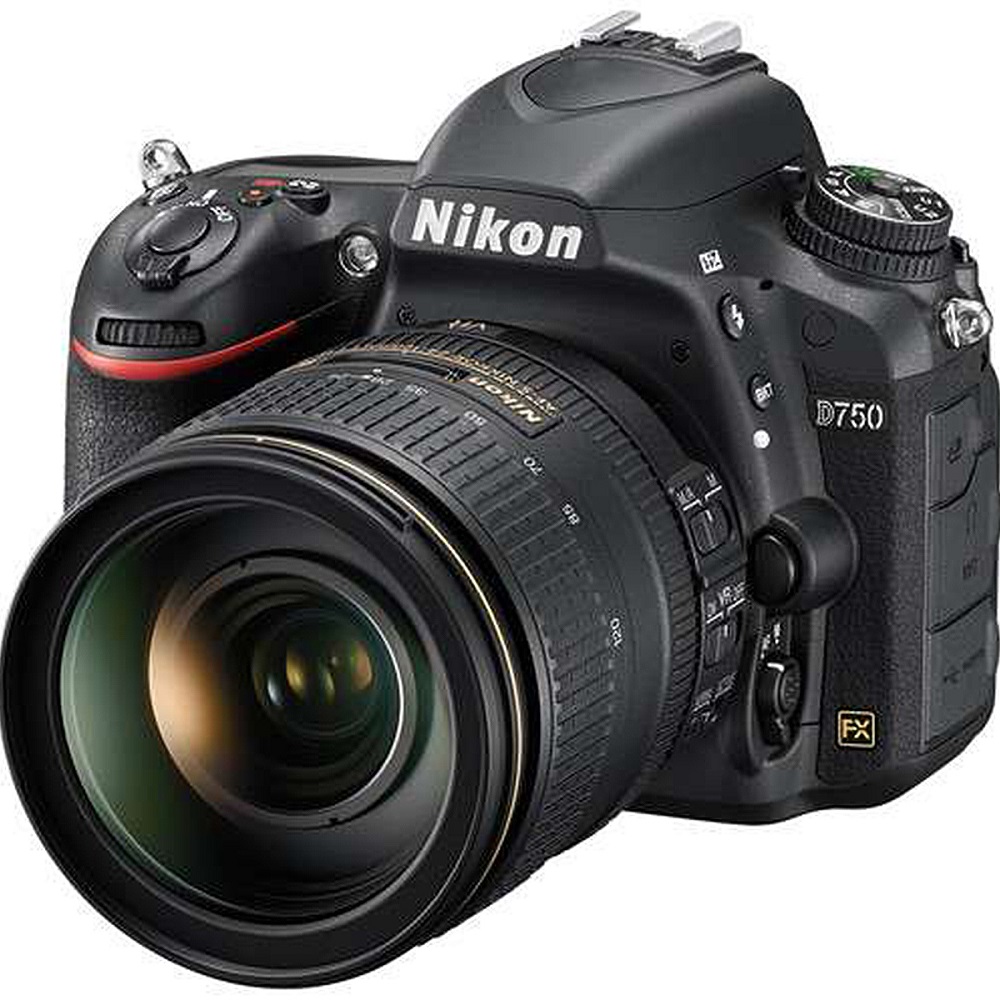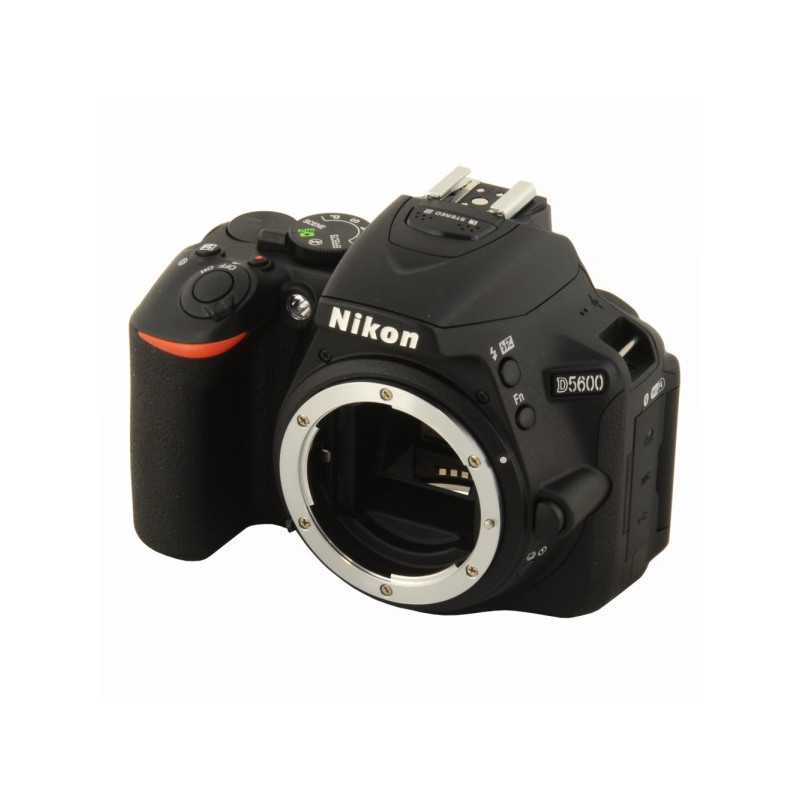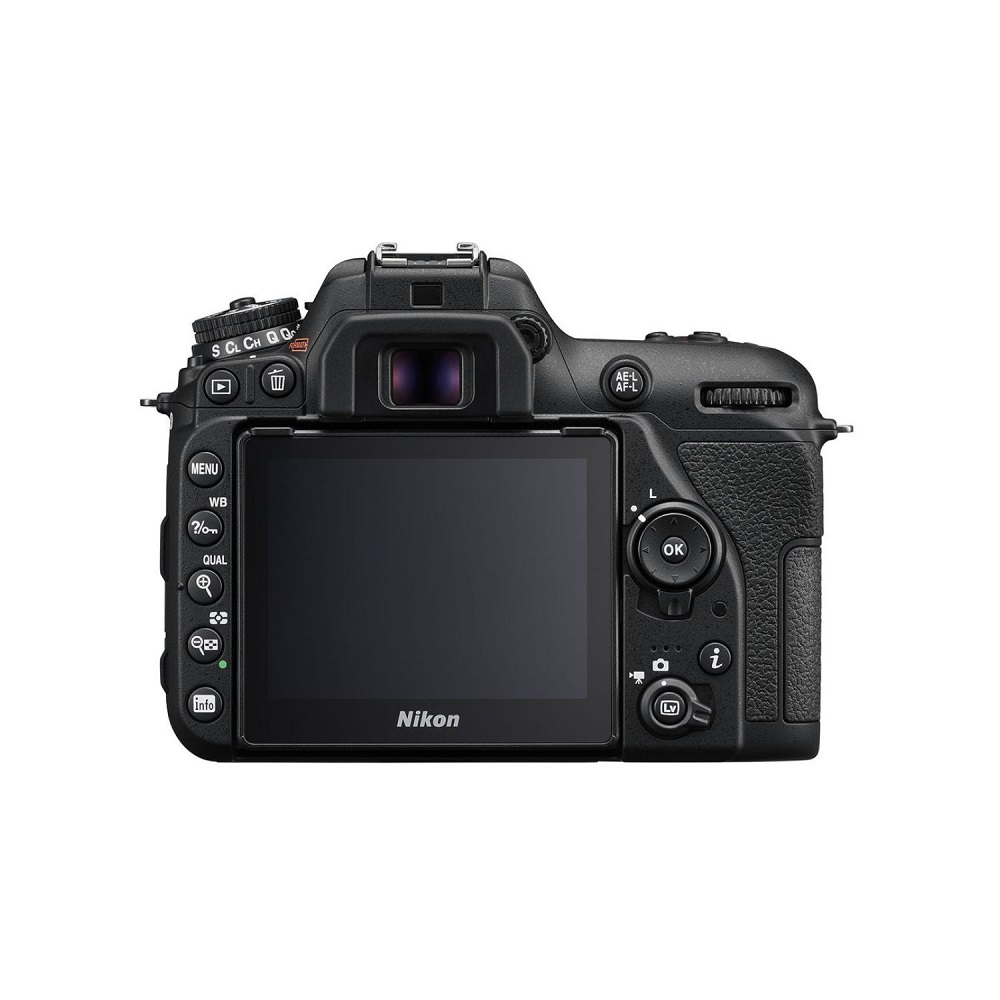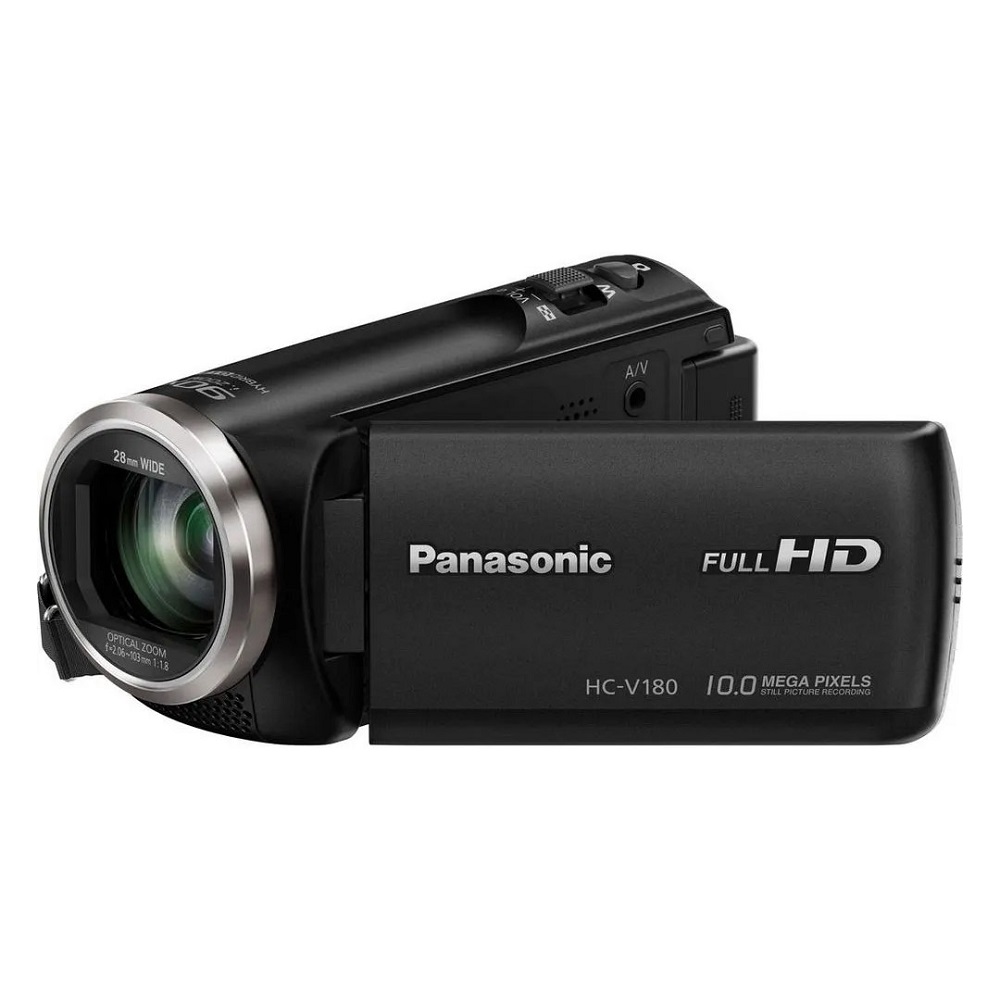When it comes to capturing video and still images, enthusiasts and professionals often debate whether to use camcorder vs DSLR (Digital Single-Lens Reflex) camera. Each option has its advantages and disadvantages, so understanding these differences can help you choose the right tool for your needs. This article breaks down the pros and cons of camcorder vs DSLR to guide you in making an informed decision.
Purpose and Use Cases
Understanding Camcorder Functionality
Camcorders are designed primarily for video recording. They typically feature long recording times, specific controls for video functions, and built-in stabilization features to ensure smooth footage. Because they are focused on video, camcorders come equipped with features such as optical zoom lenses, built-in microphones, and simplified operation interfaces.
If your goal is to capture family events, vlogs, or long-form documentaries, a camcorder will often be the better choice. They excel in situations requiring extended recording without interruptions, making them ideal for events like weddings, concerts, and conferences.
Exploring DSLR Versatility
On the other hand, DSLRs are designed for both photography and videography, offering significantly greater versatility. Equipped with the ability to switch lenses, DSLRs can serve multiple functions. You can easily capture still images, high-definition videos, and even time-lapse footage. DSLRs often come with larger image sensors, providing superior low-light performance and shallow depth of field effects.
For photographers who occasionally want to dip into video, a DSLR provides a balanced solution. Whether you’re shooting landscapes, portraits, or high-definition videos, a DSLR can adapt to various conditions and shooting styles. However, transitioning between modes might not be as seamless as using a dedicated camcorder.

Image and Video Quality
Comparing Video Capabilities
While image quality varies by model and price, camcorders generally focus on delivering high-quality video recording. Many modern camcorders can shoot in 4K resolution, offering crisp, detailed footage. They often feature larger sensors than traditional consumer models, allowing for dynamic range and rich colors. Built-in stabilization technology helps in delivering smooth shots, especially when moving.
In contrast, DSLRs are known for their outstanding still-image quality, often surpassing camcorders due to superior sensors and lenses. When it comes to video, DSLRs have brought features like Full HD and 4K recording, yet they sometimes suffer with overheating during prolonged shooting. This factor can limit recording time, especially for longer projects.
Evaluating Audio Quality
Audio is another crucial component when comparing both options. Camcorders usually come with built-in microphones optimized for video recordings, often capturing audio better due to their design. Furthermore, many camcorders allow for external microphone connections, offering enhancements for interviews and event coverage.
DSLRs, on the other hand, often require additional microphones for quality sound. While they can record decent audio, many users find the onboard microphone lacking for professional tasks. If audio quality is a priority for your projects, investing in separate audio equipment might be necessary with a DSLR setup.
Ease of Use
One of the main advantages of camcorders is their user-friendly interface. Designed for straightforward operation, camcorders often come with simple controls and menus, allowing users to start recording with minimal setup. The grip and body shape are ergonomically designed for easy handling during video shoots. Additionally, many camcorders feature flip-out screens, enabling intuitive operation for self-recordings.
For beginners or those who want to focus solely on video, a camcorder provides an accessible entry point into video content creation. Features like autofocus and quick recording buttons make them a practical choice for casual users.
Facing the Learning Curve with DSLRs
Using a DSLR often involves a steeper learning curve. Their extensive menu systems, customizable settings, and complexity can intimidate beginners. However, this complexity also offers greater control over settings, enabling more creative possibilities. Users can adjust aspects like ISO, shutter speed, and aperture, allowing for precise manipulation of exposure and focus.
While DSLRs offer comprehensive features for dedicated users, it may take time to master the camera and all its functionalities. For those who enjoy learning and are willing to invest effort into understanding the equipment, a DSLR can provide a fulfilling experience.

Portability and Design
Assessing Camcorder Size and Weight
Camcorders are generally designed for portability. Lightweight and compact, they can easily fit into bags or be carried around for extended periods without discomfort. This makes them an excellent choice for travelers and content creators on the move.
Another advantage includes their streamlined design. With a single body, having fewer components than a typical DSLR setup allows for straightforward setup and use, particularly when you need to be quick and nimble. A camcorder’s design may include built-in stabilization features that support shooting on the go even in dynamic environments.
DSLR’s Bulk and Customization Options
In contrast, DSLRs typically come with a bulkier design. While they are compact for the quality they provide, DSLRs, especially paired with larger lenses, may not be as portable as camcorders. They also often require additional gear, such as tripods, microphones, and extra lenses, which can weigh down your kit even further.
However, this bulk can be beneficial for stability, where weight can translate into steadiness during shooting. Additionally, the modular design allows users to customize their setups, tailoring combinations of lenses and accessories to fit any shooting environment.
Battery Life and Recording Time
Camcorder Battery Longevity
Battery life can greatly influence your shooting experience. Camcorders are usually designed for longer recording times. Many models can last several hours on a single charge, a crucial consideration during lengthy recordings like weddings or lectures. The efficient power management systems in camcorders allow users to focus on capturing content without frequently worrying about recharging.
Some camcorders even feature replaceable batteries, allowing you to purchase extras for extended shoots. If you anticipate needing prolonged usage, this flexibility can be a game-changer.
DSLR Shooting Constraints
In comparison, DSLRs often exhibit shorter battery life when recording video. Most DSLR batteries last for approximately an hour or so of continuous recording. Users might find themselves needing to swap batteries or carry spares, especially during lengthy shoots. While DSLRs excel in stills, their video capabilities sometimes suffer because of power constraints.
DSLRs also do not typically allow for charging while recording, further complicating long sessions. For serious video producers, assessing how often you plan to shoot and the potential energy needs becomes essential when choosing between camcorder vs DSLR.

Cost and Value
Evaluating Camcorder Pricing
When comparing costs, camcorders often offer more affordable options tailored specifically for entry-level users. While high-end camcorders can be expensive, many budget-friendly choices provide excellent value for those looking to capture video without breaking the bank. Investing in a camcorder may allow you to spend less upfront while receiving the essential features for quality video.
Moreover, additional accessories for camcorders often come cheaper or are included within a kit. This can simplify the overall investment, making a camcorder an attractive choice for beginners or casual users.
DSLR Investment and Long-Term Considerations
DSLRs generally require a more significant initial investment. The bodies often run at higher price points, while specialized lenses and accessories add to the overall cost. However, investing in a DSLR can yield better long-term value as you dive deeper into photography and videography.
Photography enthusiasts often find DSLRs to be an invaluable resource, as they grow with their skills. The diversity and quality of lenses available mean users can create both stunning images and videos tailored to their evolving expertise.
The Final Choice: Which One Is Right for You?
Aligning Features with Your Goals
Choosing between camcorder vs DSLR ultimately comes down to your specific requirements and shooting style. If your primary focus is on long-form video content with ease of use, a camcorder may be your best bet. Camcorders excel in ergonomics, video performance, and convenience, making them suited for family events, vlogs, and simple documentation.
Conversely, if you wish to wield a versatile tool that serves both still photography and video, a DSLR can meet those diverse needs more effectively. DSLRs offer superior image quality and creative controls, making them essential for professionals and those passionate about honing their craft.
Making an Informed Decision
Ultimately, it’s essential to consider not just what you want to capture today but how you envision your creative journey unfolding in the future. Both camcorder vs DSLR have their unique strengths. Take the time to evaluate your priorities, work environment, and budget to make the best decision for your creative endeavors.
No matter which path you choose, both options open doors to countless possibilities in capturing memorable moments and storytelling through visual media. Your choice will contribute to how you express your creativity and share your adventures with the world.
